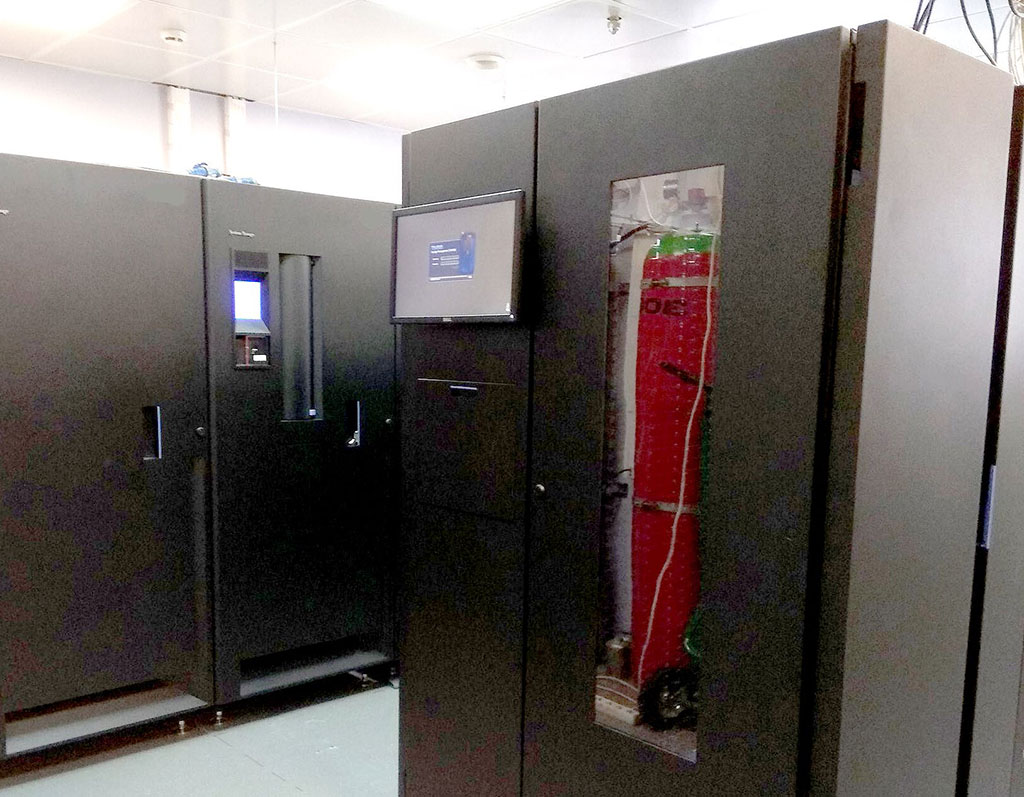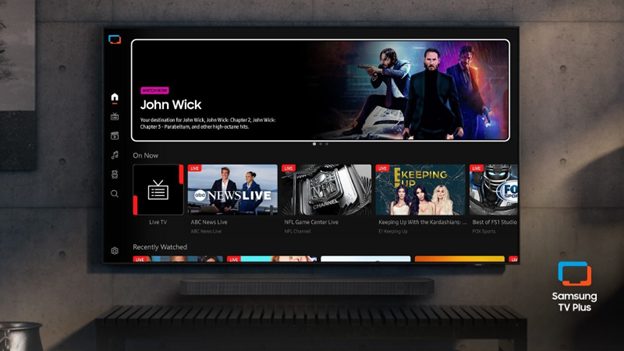GPM Finds LTO Ultrium Storage Built to Last
MOSCOW—Protecting video content cost effectively is top of mind for GPMETV. A Moscow-based entertainment television broadcaster, GPMETV produces shows that cover a wide variety of subjects and genres, helping to meet the demands and interests of a large and diversified audience.

GPM-ETV has several business needs that required us to make a change to our data protection storage environment. We found that our TV productions generated very large digital video capacity requirements, forcing us to free up expensive disk storage space and to reliably archive digital content; plus we also wanted to get easy access to the archived content. Overall, GPM-ETV needed long-term content preservation at an affordable cost.
PROVIDING ROOM TO GROW
After analyzing disk-based and tape-based archive solutions, we implemented two LTO tape libraries storing 5 petabytes (PB) of digital content with the ability to expand up to 20 PB, giving us lots of room to grow. All the material from every client, including source material and air masters, is stored in the archive 24/7, which preserves the content throughout the workflow.
GPM-ETV has improved the storage archive in several areas. We store duplicate copies of the content in each library for added protection. Rarely used material is about 30%, and is stored on LTO tapes outside of the library, which helps conserve library space and costs. We found that we can easily expand library slots and drives and upgrade to the next LTO generations by making archive capacity management simple. Over the past 10 years, we have upgraded each generation from LTO-4, to LTO-5, and LTO-6 tape drives to now implementing LTO-8. At the same time, some equipment, such as some high-capacity storage-only expansion frames, have remained in operation since 2010. Ultimately, the LTO solution was cheaper than any disk offering, while still providing us with easy access to materials whenever we needed.
FLEXIBLE TO OUR NEEDS
How did we make this decision? Initially, we announced an open tender among IT integrators for an archive complex solution with a capacity near 1 PB and received five or six offers on different hardware and software solutions.
The professional video industry's #1 source for news, trends and product and tech information. Sign up below.
The LTO tape solution was half the price of the closest disk offer and assumed an initial low-cost starting point with the ability to expand both the number of tape slots and drives during operation. So we went with the tape solution.
When choosing tapes, you have a choice—LTO open format technology or proprietary tape formats. We chose the LTO format because it had a proven track record, published roadmap and gave us more flexibility when choosing suppliers. We have changed several suppliers of tapes, each time choosing the most advantageous offers at a price for our market.
To summarize, one of the factors in our decision was the ability to change storage equipment and transparent data transfer without the need for physical rewriting—we didn’t just expand the existing infrastructure. For example, at a certain stage, we replaced the tape libraries of one type with another. All we needed to do with the data was to move the tape cartridges from the old equipment to the new one—no rewriting. When it comes to big data space, this can be critical in a business. And yes, we can still read our data recorded on older tapes from 10 years ago. Now in our production there is not a single working disk system with data from all of those years back, but the data from the tapes is sill alive.
Aleksey Kotikov is the lead engineer for GPM-ETV’s Digital Archive Complex. He has been working in the IT industry since 1995, and in the television archive field since 2008.
For more information, visitwww.lto.org.
